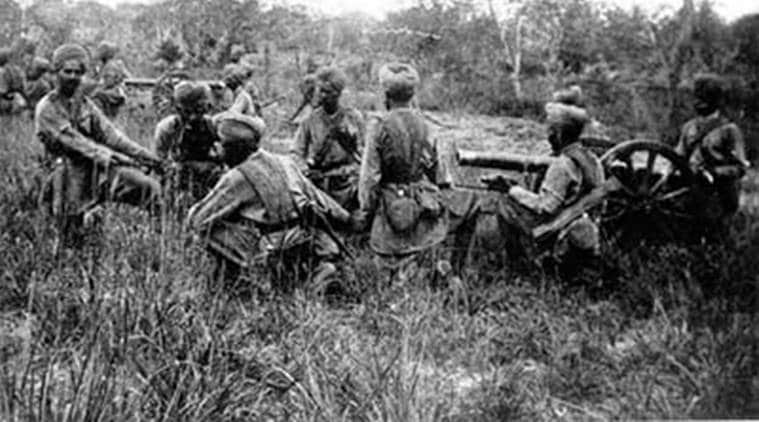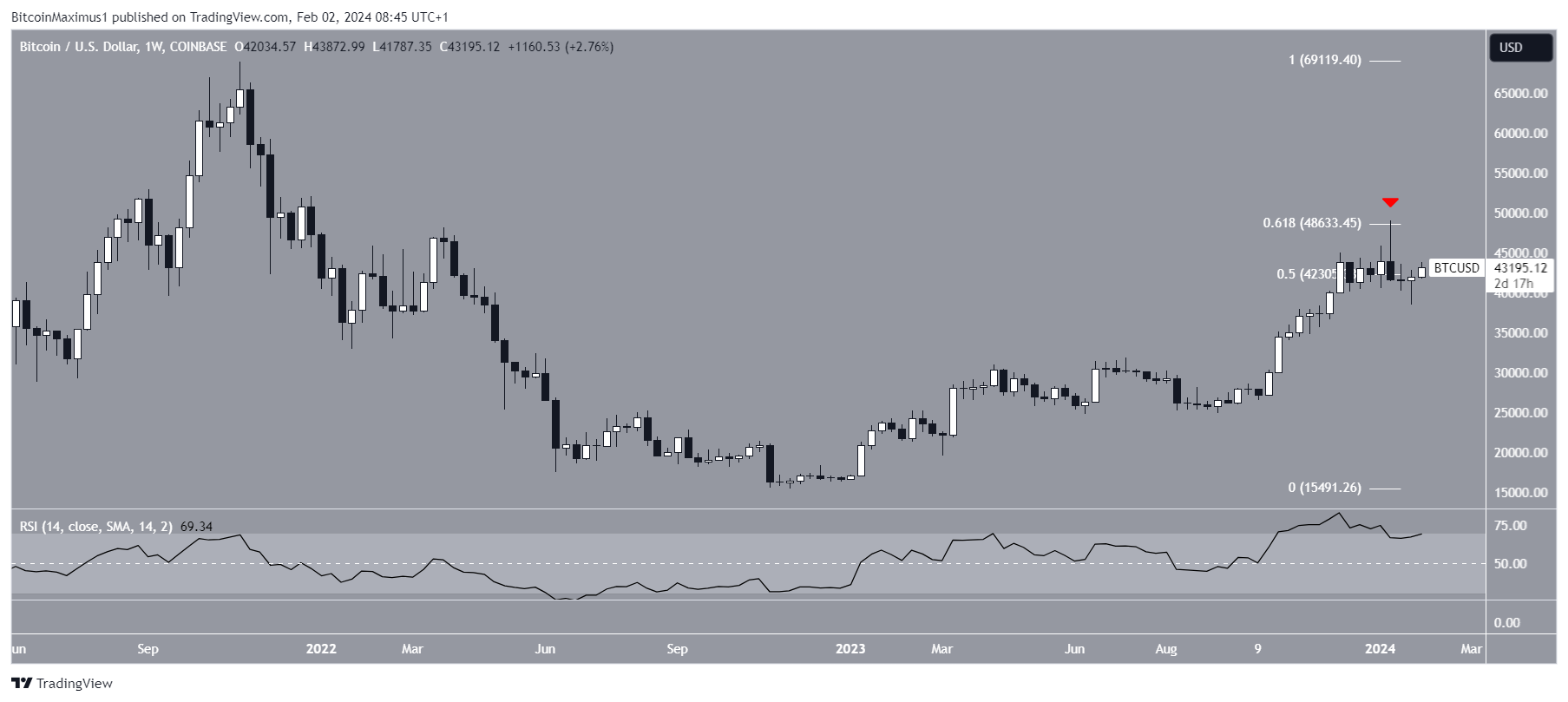Kashmir And The Peril Of War: Examining The Deep-Rooted India-Pakistan Conflict

Table of Contents
The Historical Roots of the Kashmir Conflict
The Kashmir conflict's origins lie in the turbulent partition of India in 1947. The princely state of Jammu and Kashmir, ruled by Maharaja Hari Singh, found itself at the center of a power struggle between newly independent India and Pakistan. The Maharaja's initial indecisiveness regarding accession to either nation created a vacuum that quickly filled with violence. Pakistan-backed tribal groups invaded Kashmir in October 1947, leading to the First Kashmir War (1947-48).
-
The role of Maharaja Hari Singh's decision: Hari Singh's delayed decision to accede to India, only after facing imminent invasion, remains a contentious point in the narrative. This delay allowed Pakistani forces to seize a significant portion of Kashmir.
-
The First Kashmir War (1947-48) and the UN intervention: India's intervention, aided by the Indian Army, repelled the initial invasion, but the conflict resulted in a ceasefire line, later formalized as the Line of Control (LoC), that continues to divide the region. The United Nations intervened, proposing a plebiscite to determine the Kashmiri people's wishes, a process that has never been implemented.
-
The subsequent wars of 1965 and 1999: The unresolved Kashmir dispute fueled further wars between India and Pakistan in 1965 and 1999 (Kargil War), exacerbating tensions and increasing the human cost of the conflict. These wars highlighted the volatile nature of the Kashmir issue and the potential for regional instability.
-
The impact of the Simla Agreement (1972): The Simla Agreement, signed after the 1971 war, attempted to normalize relations between India and Pakistan and addressed the Kashmir issue, but it failed to achieve a lasting resolution and the core dispute remained unresolved. The agreement did, however, establish a framework for bilateral dialogue. The Kashmir accession, therefore, remains a point of major contention.
The Geopolitical Landscape and its Influence
The Kashmir conflict is not solely a bilateral issue; it's deeply intertwined with regional and global geopolitics. The involvement of major powers, especially China, significantly complicates the situation.
-
The Cold War's impact on the Kashmir conflict: The Cold War era saw both the US and the Soviet Union engaging in proxy conflicts, influencing the trajectory of the Kashmir dispute. Support from external powers further fueled the conflict.
-
The changing geopolitical dynamics in South Asia: The rise of China as a major global power has added another layer of complexity, particularly with the China-Pakistan Economic Corridor (CPEC), which passes through Pakistan-administered Kashmir, further fueling India's concerns.
-
The influence of international organizations like the UN: The UN's role has been largely limited to peacekeeping efforts and repeated calls for dialogue, but its influence on resolving the core issues has been constrained by the lack of consensus between India and Pakistan.
-
The role of cross-border terrorism: Cross-border terrorism, often cited by India as a major security concern, further destabilizes the region and impedes efforts towards peace. This element of the Kashmir dispute is often used to justify military action and creates an environment of distrust. The Kashmir dispute therefore remains a significant security threat.
The Humanitarian Crisis in Kashmir
The protracted Kashmir conflict has exacted a devastating human cost. Decades of violence and instability have resulted in significant displacement, human rights abuses, and widespread suffering among the civilian population.
-
The ongoing conflict's effect on the Kashmiri people: The Kashmiri people, caught in the crossfire, have endured immense hardship, facing restrictions on freedom of movement, expression, and assembly. The constant threat of violence affects all aspects of their lives.
-
Reports of human rights violations from various organizations: Numerous human rights organizations have documented widespread human rights violations in Kashmir, including extrajudicial killings, arbitrary arrests, and torture. These reports highlight the urgent need for accountability and protection of civilian rights. The Kashmir conflict casualties are a significant testament to the ongoing humanitarian crisis.
-
The impact on economic development and infrastructure: The conflict's impact on economic development and infrastructure has been significant, hindering progress and perpetuating cycles of poverty and inequality. This, in turn, further fuels instability.
Pathways to Peace: Exploring Potential Solutions
Resolving the Kashmir conflict requires a multifaceted approach involving sustained diplomatic efforts, meaningful dialogue, and a commitment to addressing the root causes of the conflict.
-
The role of dialogue and negotiation between India and Pakistan: Direct dialogue and negotiations between India and Pakistan are essential. Previous attempts have often yielded limited progress, but finding common ground remains crucial.
-
Exploring possibilities for self-determination for the Kashmiri people: Addressing the aspirations of the Kashmiri people regarding their future is vital. This might involve exploring various models of self-governance or autonomy within a framework that respects the sovereignty of both India and Pakistan. The self-determination in Kashmir is a complex issue but needs to be considered for a lasting peace.
-
The importance of confidence-building measures: Implementing confidence-building measures to reduce tensions and foster trust between India and Pakistan is critical. These could include initiatives such as increased communication channels and joint projects to promote cooperation.
-
The potential for third-party mediation: The involvement of a neutral third party mediator could facilitate dialogue and help bridge the gap between India and Pakistan. The mediation in Kashmir could prove successful if all parties agree and trust the process.
Conclusion
The Kashmir conflict, a deeply entrenched and complex issue, presents a significant threat to regional stability and peace. Its historical roots, geopolitical complexities, and devastating humanitarian impact demand urgent attention. While a lasting resolution remains elusive, exploring avenues for dialogue, prioritizing human rights, and engaging in meaningful negotiations are crucial steps towards mitigating the peril of war and finding a peaceful solution to the Kashmir conflict. Understanding the intricacies of this conflict is the first step toward advocating for a future where peace prevails in Kashmir. Further research and informed discussion are essential to finding lasting solutions for the Kashmir dispute. Let's work towards a future where the Kashmir conflict is finally resolved through peaceful means.

Featured Posts
-
 Inter Milans Tactical Masterclass Against Bayern Munich In Ucl
May 08, 2025
Inter Milans Tactical Masterclass Against Bayern Munich In Ucl
May 08, 2025 -
 Inter Milan Vs Barcelona A Classic Champions League Showdown
May 08, 2025
Inter Milan Vs Barcelona A Classic Champions League Showdown
May 08, 2025 -
 Bitcoin Price At A Crossroads Crucial Levels To Monitor
May 08, 2025
Bitcoin Price At A Crossroads Crucial Levels To Monitor
May 08, 2025 -
 Daily Lotto Friday 18th April 2025 Results
May 08, 2025
Daily Lotto Friday 18th April 2025 Results
May 08, 2025 -
 Lahwr Chkn Mtn Awr Byf Ky Brhty Hwyy Qymtyn Shhrywn Kylye Pryshany Ka Baeth
May 08, 2025
Lahwr Chkn Mtn Awr Byf Ky Brhty Hwyy Qymtyn Shhrywn Kylye Pryshany Ka Baeth
May 08, 2025
Latest Posts
-
 Pakistan Super League 10 Ticket Information And Purchase
May 08, 2025
Pakistan Super League 10 Ticket Information And Purchase
May 08, 2025 -
 Psl 10 Ticket Sales Starting Today
May 08, 2025
Psl 10 Ticket Sales Starting Today
May 08, 2025 -
 Dont Miss Out Psl 10 Tickets On Sale
May 08, 2025
Dont Miss Out Psl 10 Tickets On Sale
May 08, 2025 -
 Get Your Psl 10 Tickets Before They Re Gone
May 08, 2025
Get Your Psl 10 Tickets Before They Re Gone
May 08, 2025 -
 Psl 10 Tickets Official Sale Commences Today
May 08, 2025
Psl 10 Tickets Official Sale Commences Today
May 08, 2025
